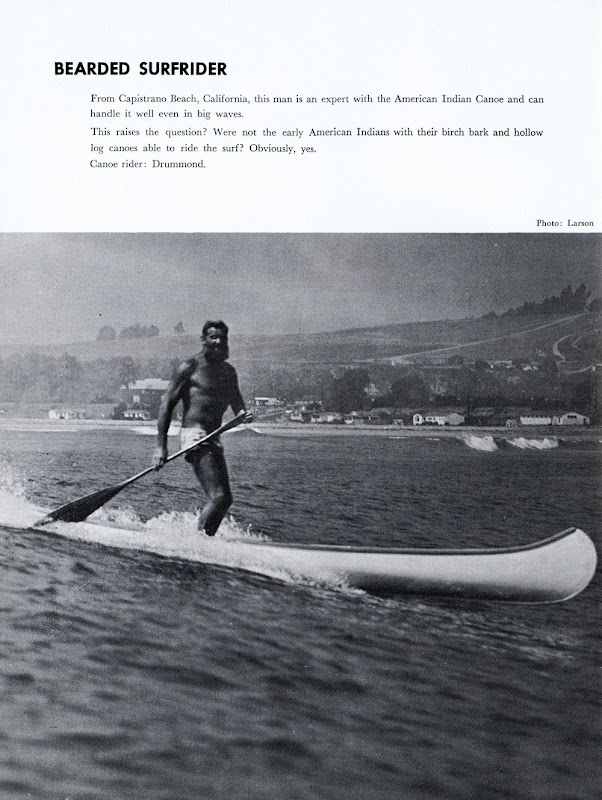G
Guest
Guest
Hello, new to the site and new to canoeing. I have done a lot of paddling, mostly in the ocean and have never really paddled a canoe. My goal is to be able to do an overnight or mutiday trip with my family. I started looking for a canoe on craigslist in southern california and there were actually quite a few although I would consider canoe paddling in this area very rare. Most people probably take them on road trips to the Sierra Nevada or lakes in central/northen California. I found an Old Town Canadienne and after some quick research, decided it was a good buy for $400. It looks like it was made in 1983, but it is still in great shape. 17'2" and green fiberglass construction with wood thwarts, yoke and seats. Cane seats are a bit rough, but seller gave me new cane for replacement. Gunwales are plastic and the bottom of the canoe is almost pristine. I need to buy some paddles so I can get it out on the water for a test. I will be learning to paddle in the nearby harbor with my son in the bow seat. I am hoping to learn as much as I can from this forum. Thanks for reading, beck.
Last edited:

